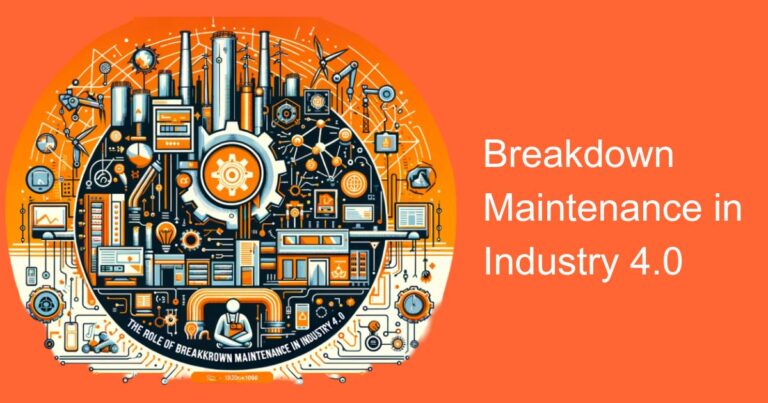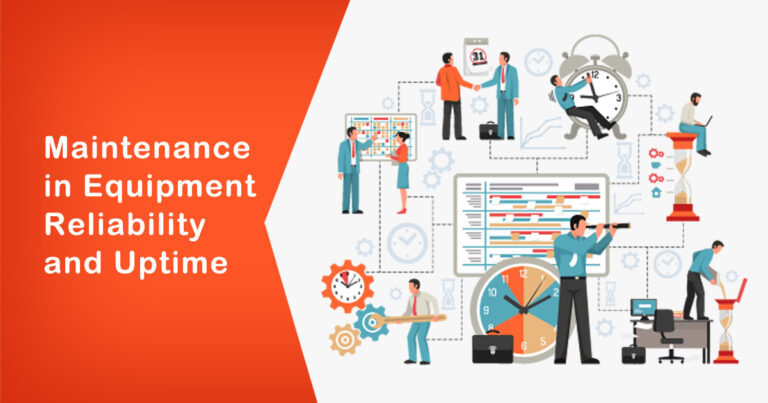Maintenance certification is an important part of ensuring that machinery and equipment are functioning efficiently and safely. It is a necessary process for industries that rely on machines to produce products and goods. In India, where industrialization is increasing at a rapid pace, managing maintenance certifications is crucial for businesses to remain compliant with safety standards and to prevent accidents. In this blog, we will discuss the best practices for managing maintenance certifications in India, and some research and facts to support these practices.
- Keep track of certification deadlines:
One of the most important aspects of managing maintenance certifications is keeping track of certification deadlines. Certifications have an expiry date, and it is essential to ensure that certifications are renewed before they expire. In India, the government has made it mandatory for businesses to obtain certifications such as ISO 9001, which have a fixed duration of validity. Failure to renew certifications can result in fines and other legal issues.
- Create a maintenance schedule:
A maintenance schedule is a plan that outlines the frequency and type of maintenance that is required for machinery and equipment. This schedule should be created by a certified maintenance professional who has a thorough understanding of the machinery and equipment in question. In India, many businesses do not have a proper maintenance schedule, which can lead to increased downtime and accidents.
- Ensure proper training for maintenance personnel:
Maintenance personnel play a critical role in managing maintenance certifications. They must be trained and certified to perform maintenance on machinery and equipment. In India, there is a shortage of skilled workers in the maintenance field. Businesses should invest in training their maintenance personnel to ensure that they have the necessary skills and knowledge to maintain equipment safely and efficiently.
- Use technology to manage maintenance:
Technology has made it easier to manage maintenance certifications. There are several software applications available that can help businesses track certifications and maintenance schedules. These applications can also be used to generate reports that can help identify trends and potential issues. In India, many businesses still use manual methods to manage maintenance, which can be time-consuming and prone to errors.
- Regular audits and inspections:
Regular audits and inspections can help identify potential issues before they become major problems. Audits and inspections should be performed by certified professionals who have a thorough understanding of the machinery and equipment in question. In India, there is a lack of proper audit and inspection procedures, which can lead to accidents and downtime.
Research and facts:
According to a study by the National Safety Council of India, there were 48,000 industrial accidents in India in 2019. Many of these accidents were due to improper maintenance and non-compliance with safety standards. The study also found that businesses that invested in proper maintenance procedures had a lower rate of accidents and downtime.
A report by the Confederation of Indian Industry (CII) found that there is a shortage of skilled maintenance personnel in India. The report states that only 15% of the workforce in India has formal vocational training. This shortage of skilled workers can lead to improper maintenance and an increased risk of accidents.
Conclusion:
Managing maintenance certifications is a critical aspect of ensuring that machinery and equipment are functioning safely and efficiently. In India, where industrialization is increasing at a rapid pace, businesses must invest in proper maintenance procedures to remain compliant with safety standards and prevent accidents. The best practices for managing maintenance certifications in India include keeping track of certification deadlines, creating a maintenance schedule, ensuring proper training for maintenance personnel, using technology to manage maintenance, and regular audits and inspections. By following these best practices, businesses can reduce downtime, increase efficiency, and ensure the safety of their workers.








